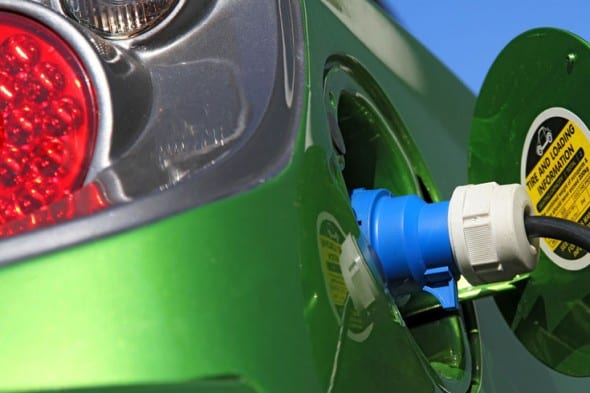Having led the country on renewable energy policy and ambition, the ACT is shifting its focus to its transport sector, the decarbonisation of which it says will be crucial to achieving the Territory’s goal of net zero emissions by 2050.
Picking up where his predecessor, Simon Corbell, left off, the ACT’s new minister for climate change and sustainability, Shane Rattenbury, said on Wednesday that the capital could be a world leader in making cars, buses and light rail zero emission forms of transport.

In comments to be delivered at the launch of the Zero Carbon Australia Electric Vehicles Report by Beyond Zero Emissions on Wednesday night, Rattenbury described Canberra as an ideal location to encourage the shift to electric vehicles.
“The ACT has an ambitious, achievable plan to produce zero net emissions by 2050 at the latest. Given the transport sector will produce 60 per cent of the Territory’s greenhouse gas emissions once we have 100 per cent renewable electricity production in 2020, transforming our transport sector will be a crucial part of achieving this goal,” he said.
Rattenbury said that work on decarbonising Canberra’s transport sector had already started, with his government building a renewable energy powered light rail and overseeing a 12-month trial of electric buses, which will also run on renewable electricity.
“We’re well on the way to becoming an electric vehicle city,” Rattenbury said. “We already have five public electric vehicle charging stations in the city, and a research and development pilot project that is a key step in building an electric vehicle charging network in Canberra.”
The BZE report, launched on Wenedsday, outlines a pathway for Canberra to shift to electric vehicles, but in a previous broader report, released in August, Beyond Zero Emissions has asserted that the entire nation could move to a 100 per cent electric vehicle fleet within 10 years at a maximum cost of $20 per person per week.
The August BZE report also flagged the possibility that this massive transition could be done at no extra cost at all. But it stressed that such a shift would require the right policy incentives to be put into place, particularly those allowing businesses and individuals to buy, lease or otherwise access EVs for more trips.
As BZE CEO Simon Bygrave wrote here in August, this would position Australia to stay in the game on the technology and ultimately allow Australia to take full advantage of rapidly falling EV prices.
Michael Lord, who is currently BZE’s acting CEO, said on Wednesday that while the price of battery electric vehicles was prohibitive to many people right now, it was rapidly falling.
“The price of the battery has come down 65 per cent since 2010, so we’re beginning to see them start to compete with the cost of petrol cars, especially because of the lower cost of running,” he said.
In Canberra, Rattenbury noted that another major point for policy consideration was around what recharging options should look like.
“Most people [charge their cars] at home so the public ones are really about having those emergency options so there is a debate among planners about how many recharging spots we need or whether it’s in fact about making sure we get the options into new buildings so the people can charge them in the basement areas of apartment blocks, in the basement areas of office blocks.
“I’d expect the buildings of the future will have these options being built straight into the basement and you’ll see people down there with the cables all of the time.”








